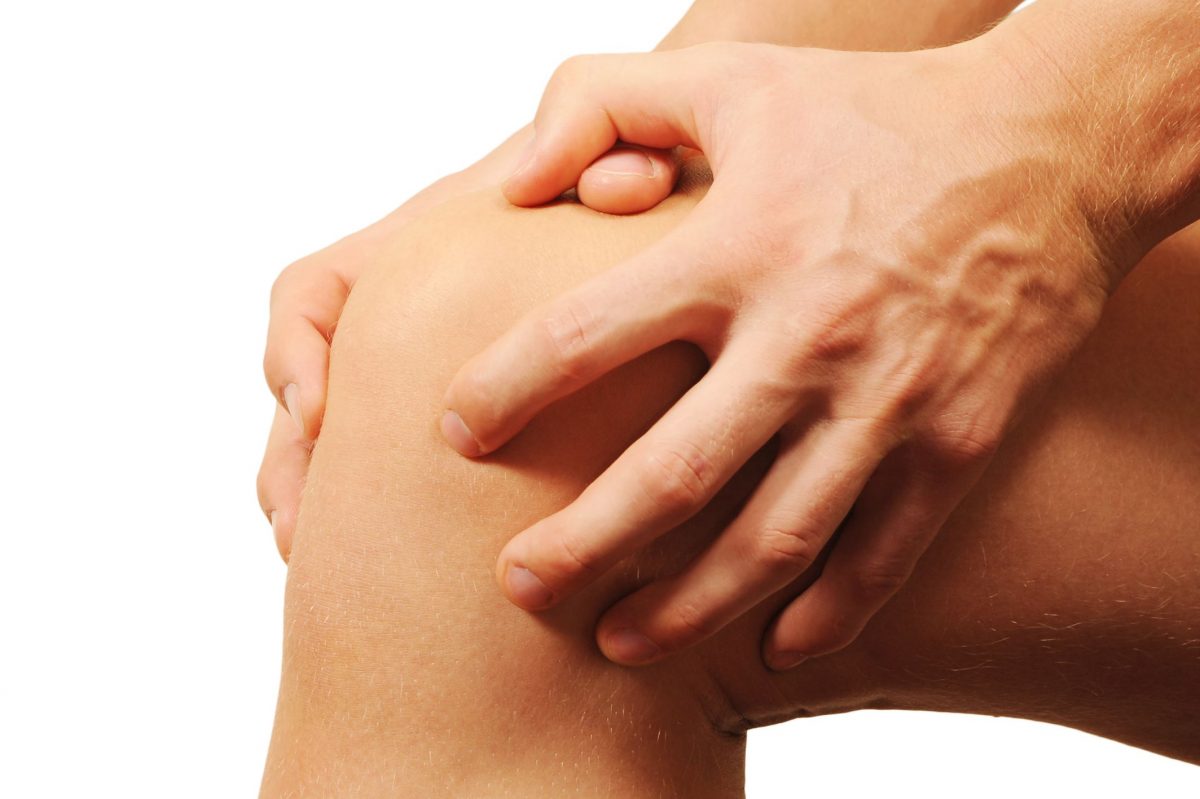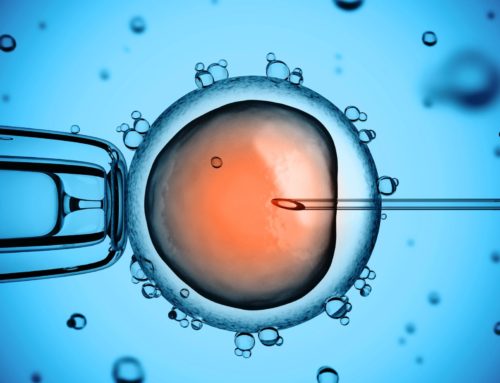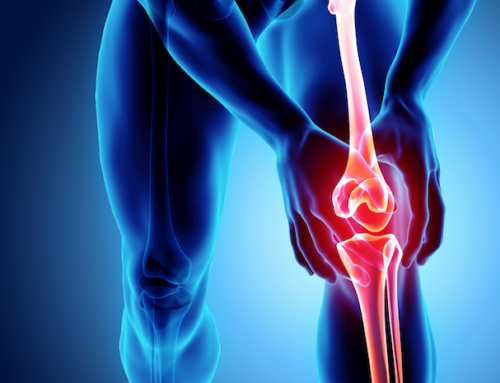Have you thought about meniscal regeneration with stem cell therapy for your meniscal injury? “Meniscus damage is one of the most common injuries seen by orthopaedic surgeons, with an annual incidence of 66 to 70 per 100,000 people. Meniscal tears can be caused by trauma or degenerative disease,” writes the National Institutes of Health (NIH). “Meniscus tears are among the most common knee injuries. Athletes, particularly those who play contact sports, are at risk for meniscus tears. However, anyone at any age can tear a meniscus,” reports Dr. Rick Wilkerson, DO, in the American Academy of Orthopaedic Surgeons (AAOS).
What Does the Meniscus Do?
The meniscus provides the knee joint shock absorption, stability, and articular surface protection. It also aid in the mobility of the knee joint allowing you to jump, walk, skip, run, bend and do countless other every-day acts. When it is injured, it makes those every-day tasks seem insurmountable.
Do You Have a Meniscus Injury?
If you have been diagnosed with a meniscus injury, and think surgery is your only option, get another opinion. Removal of meniscus through surgical intervention can cause you permanent side effects. Find out first if you are a candidate for regenerative stem cell therapy in conjunction with targeted physical therapy. Rather than removal of meniscus tissue, use your own stem cells to heal the tear.
Identifying the True Source of Your Knee Pain
Meniscus tears are not uncommon–especially with advancing age–but the presence of a tear doesn’t necessarily mean that you have uncovered the source of chronic knee pain or dysfunction. Through physical therapy, you can help restore your former mobility while allowing the body to mend and repair with the power of a stem cell injection.
The Benefits of Stem Cell Therapy for Meniscus Injuries
The best part about turning to regenerative stem cell therapy and physical therapy treatment plans before surgery is eliminating the risks and side effects patients experience with surgery. Surgery is not only invasive, but it means long recovery times, and the possibility of more knee degeneration from the removal of parts of the meniscus structure.
“Stem cells represent an exciting and attractive prospect in the treatment of meniscal injuries….The limited number of human studies have suggested that stem cells do have potential to undergo meniscal regeneration in humans and there is reason to be optimistic for the future,” reports the National Institutes of Health.
What to Expect with Meniscus Stem Cell Therapy
The stem cells used in Meniscus Stem Cell Therapy are adult stem cells from your own body that can renew themselves and turn into other cells. These adult stem cells reside in all of us and work to repair cells, tissues and bone when they are damaged. Serious injuries, or advancing age can limit the amount of stem cells we have to treat an injury. Stem cell therapy boosts your supply of stem cells by first, removing stem cells from an area where they are in abundance, creating a robust supply and injecting them into your area of injury for natural, accelerated healing. “Cell therapy may improve long-term outcomes of partial and total meniscectomy and allow for a broader indication of repair for both traumatic as well as degenerative meniscus tears,” reports the NIH.
The following meniscal injuries respond well with stem cell therapy: medial meniscus tears, meniscus flap tears, bucket handle meniscus tears, and complex degenerative meniscus tears.
Other Steps to Take to Aid in Healing
Depending on your type of tear, and your results with stem cell therapy for meniscal regeneration, nonsurgical treatment may be all you need. Here are some other steps you should take for proper healing:
Follow RICE protocol. RICE stands for Rest, Ice, Compression, and Elevation.
- Rest. Take a break from the activity that caused the injury. Your doctor may recommend that you use crutches to avoid putting weight on your leg.
- Ice. Use cold packs for 20 minutes at a time, several times a day. Do not apply ice directly to the skin.
- Compression. To prevent additional swelling and blood loss, wear an elastic compression bandage.
- Elevation. To reduce swelling, recline when you rest, and put your leg up higher than your heart.
Non-steroidal anti-inflammatory medicines can help reduce pain and swelling from inflammation.
Are You A Candidate for Meniscal Regeneration with Stem Cell Therapy?
Follow Us On Social Media
Follow us here for the latest news and updates.

Take back control of your Pain with Regenerative Stem Cell Therapy
If chronic knee, back, hip, shoulder pain, osteoarthritis, arthritis or other joint pain is limiting your daily routine or preventing you from activities you enjoy; stem cell therapy may be the answer you’ve been looking for!
Regenerative stem cell therapy offers exciting, long-term relief for people that are suffering from joint pain, arthritis, and neuropathy. The procedure takes less than 30 minutes with minimal pain and is extremely safe and effective. You can use the power of regenerative medicine to heal your body and return to the life and activities you love.
OR CALL: (409) 730-7005
The WELLNESS FIRM
7770 Gladys, Ste B, Beaumont, TX 77706
Phone: (409) 730-7005
Email: info@wellness-firm.com
Web: wellness-firm.com










